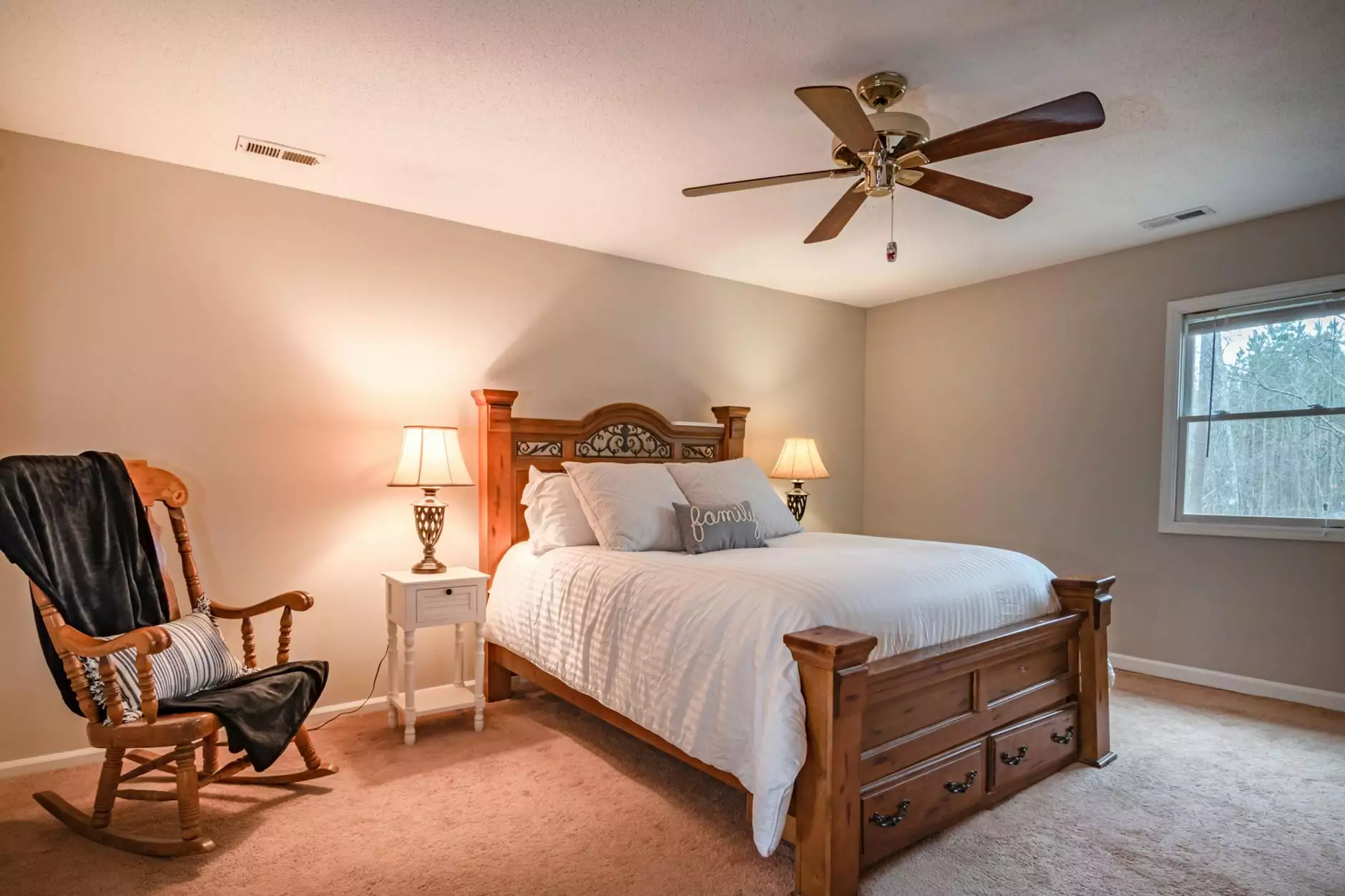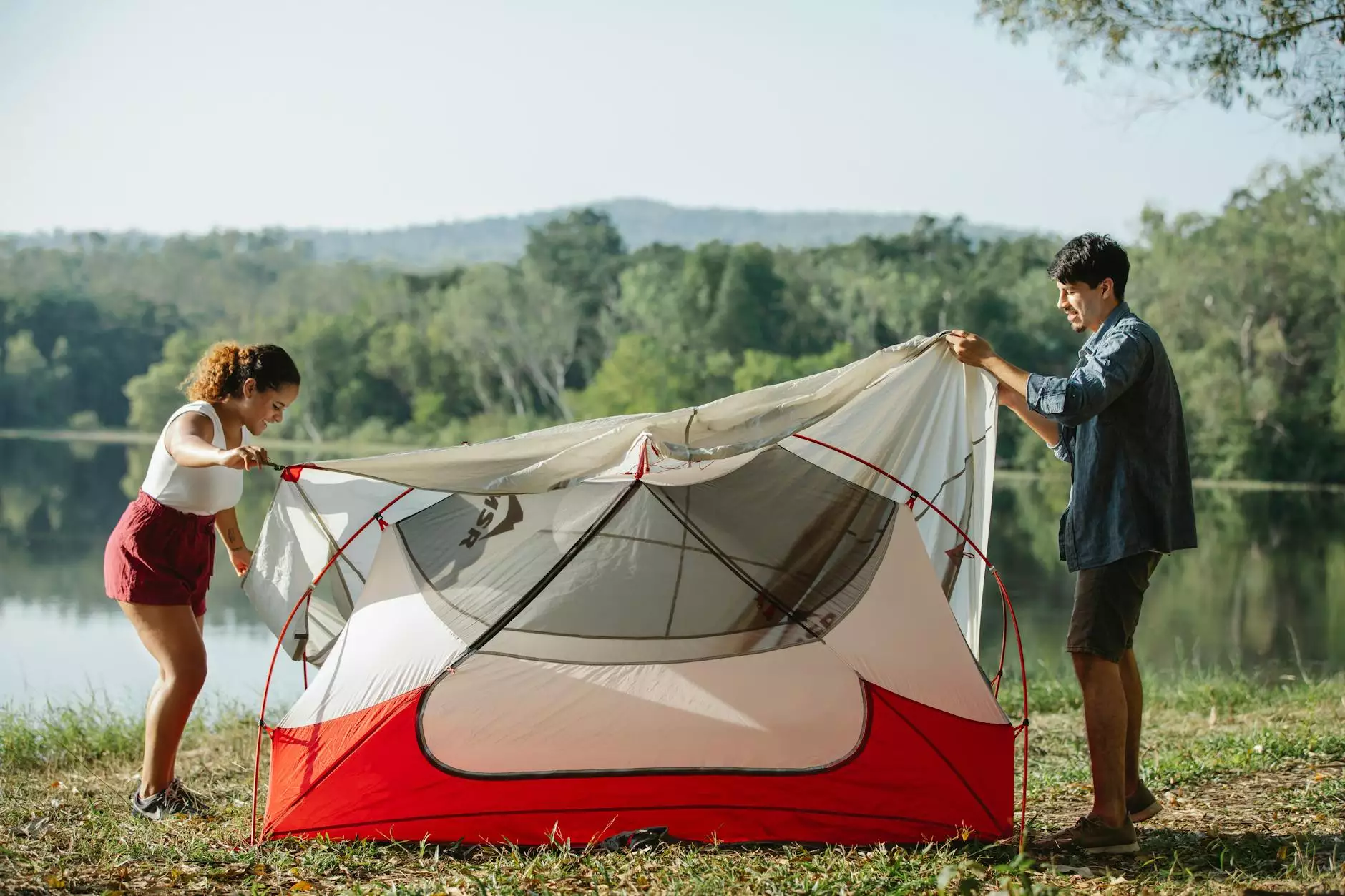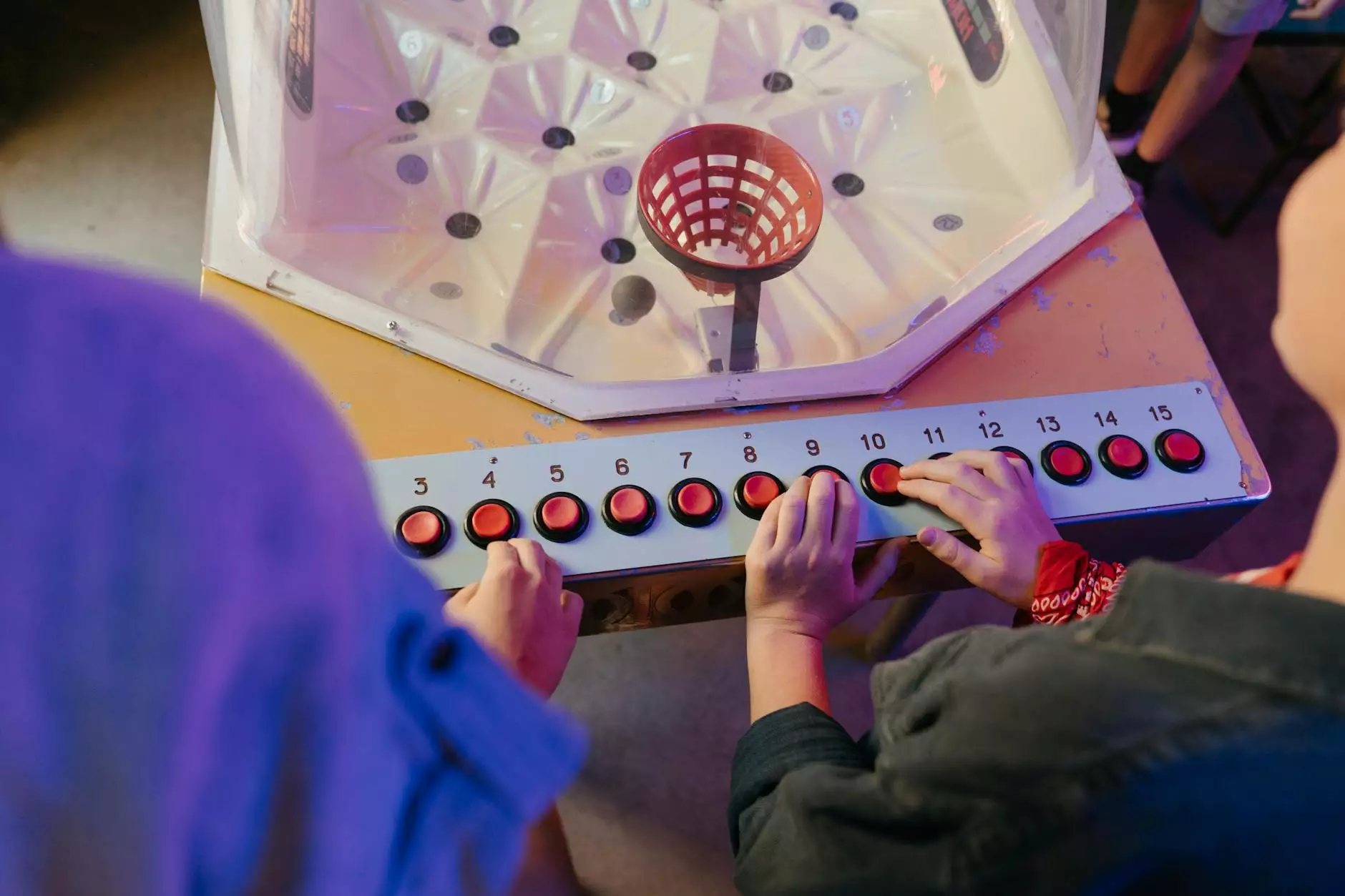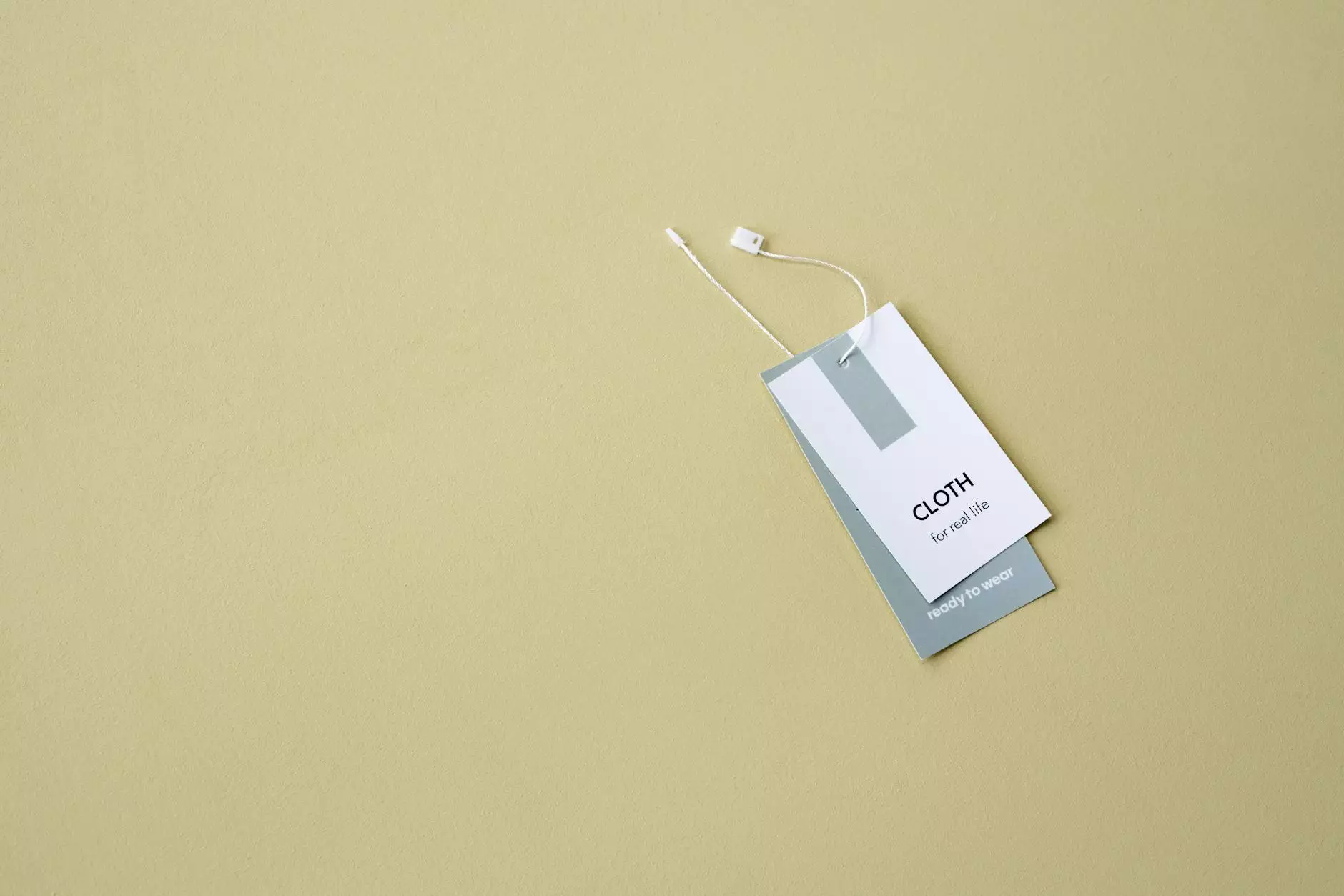Understanding and Solving Hot Tub Filter Problems
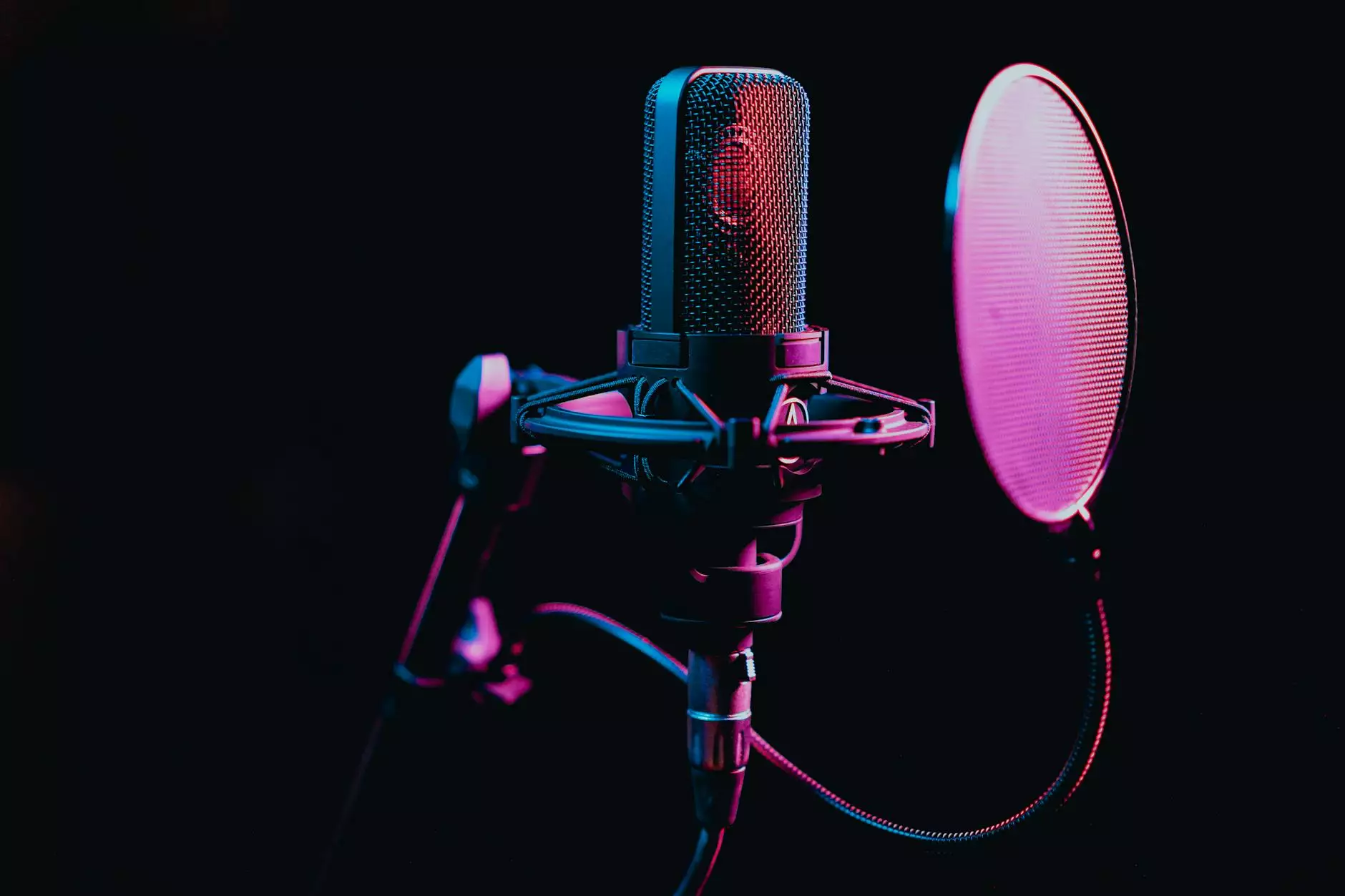
Hot tubs are a wonderful addition to any home, offering relaxation, stress relief, and an enjoyable way to spend time with family and friends. However, just like any other water system, they come with their own set of challenges, particularly when it comes to filtration. Hot tub filter problems can lead to water that is not clean, unhealthy, and uninviting. In this comprehensive guide, we will dive deep into understanding hot tub filters, the common problems that arise, and how to effectively solve them.
The Importance of a Functioning Hot Tub Filter
Your hot tub filter plays an essential role in maintaining clear, clean, and safe water. It works by trapping dirt, debris, and other impurities that can build up in the water, ensuring that your hot tub remains a sanctuary for relaxation. A well-functioning filter:
- Eliminates contaminants that can cause skin irritation or infections.
- Reduces the need for excessive chemicals, leading to a more natural bathing experience.
- Prevents clogging in the hot tub’s plumbing system, which can lead to costly repairs.
- Extends the life of your hot tub by protecting the heater and pump components from damage.
Common Hot Tub Filter Problems
Despite its importance, several hot tub filter problems can arise, impacting the overall enjoyment and safety of your hot tub experience. Here are some common issues to watch for:
1. Clogged Filters
One of the most frequent issues with hot tub filters is clogging. A clogged filter can lead to:
- Poor water circulation, which can cause uneven heating and affect water quality.
- Increased strain on the pump, potentially leading to system failure.
To prevent clogging, regular maintenance is crucial. Remove and clean the filter every few weeks, and replace it when necessary.
2. Dirty or Greasy Filters
Over time, filters can accumulate oils, lotions, and other substances from bathers. A dirty filter can't effectively trap debris, leading to:
- Cloudy water that is unappealing for users.
- Unpleasant odors that can stem from bacteria growth in the dirty filter.
Using a filter cleaner can help break down these substances, providing a deeper clean.
3. Chemical Imbalances
The effectiveness of a hot tub filter can also be compromised by chemical imbalances in the water. Key issues include:
- pH levels that are too high or too low can damage filter materials.
- High alkalinity can lead to scaling, which clogs the filter media.
4. Worn-Out Filters
Filters have a finite lifespan; eventually, they will need to be replaced. Signs of wear include:
- Rips or tears in the filter material.
- Significant discoloration or brittleness in the filter.
Having a backup filter can reduce downtime, ensuring your hot tub remains functional even when maintenance is required.
Diagnosing Hot Tub Filter Problems
Identifying the specific issues your hot tub filter may have is vital to resolving the problem effectively. Here are steps to diagnose:
1. Inspect the Water Clarity
Begin by checking the water clarity. If the water is cloudy, it might indicate a filtration problem. Look for:
- Debris or scum on the water surface which suggests inadequate filtration.
- Algae growth which thrives in poorly filtered water.
2. Analyze Water Chemistry
Use testing strips to evaluate your water chemistry. Key areas to check include:
- pH Levels – Aim for a range of 7.2 to 7.8.
- Alkalinity – Should typically be between 80-120 ppm.
- Chlorine or Bromine Levels – Ensure sanitization levels are within safe ranges.
3. Physical Inspection of the Filter
Remove the filter and visually inspect it. Look for:
- Blockages or visible dirt that prevent water from flowing through.
- Signs of wear and tear that might necessitate replacement.
Solutions for Hot Tub Filter Problems
Having identified the common problems, let’s explore solutions to mitigate and prevent them:
1. Regular Cleaning
One of the best ways to prevent hot tub filter problems is through regular cleaning. Establish a routine:
- Remove the filter and rinse it with a garden hose to eliminate loose debris.
- Soak the filter in a cleaning solution specifically formulated for hot tub filters.
- Rinse thoroughly to ensure no cleaner residue remains before reassembling.
2. Monitor Water Levels and Chemistry
Keeping a close eye on your water levels and chemistry will prolong the life of your filter. Implement the following tips:
- Test your water at least once a week, adjusting chemicals as needed.
- Top off the water regularly to compensate for evaporation or usage.
3. Replace Filters When Necessary
Even with the best care, filters will eventually wear out. Here’s what to do:
- Know the lifespan of your specific filter type, typically ranging from 12 to 24 months.
- Keep a replacement on hand for quick exchanges when required.
4. Upgrade to Advanced Filtration Systems
If you consistently face hot tub filter problems, consider upgrading your filtration system. Options include:
- UV Sanitization systems that can help reduce chemical usage.
- Ozone Generators which enhance chemical efficiency, keeping your filter cleaner longer.
- Multi-layer filters that provide enhanced filtration and longer life.
Conclusion
By understanding the common hot tub filter problems and implementing preventative measures, you can ensure a clean, safe, and enjoyable hot tub experience. Regular maintenance, diligent water testing, and timely filter replacements will not only keep your hot tub in optimal condition but also enhance your overall well-being. Remember, the nuances of hot tub care are your keys to unlocking relaxation and enjoyment in your personal oasis.
For more tips on maintaining your hot tub and to explore quality hot tub options, visit Niagara Hot Tubs. With expert advice and a wide selection of hot tubs, they are your go-to source for everything related to hot tub health!

